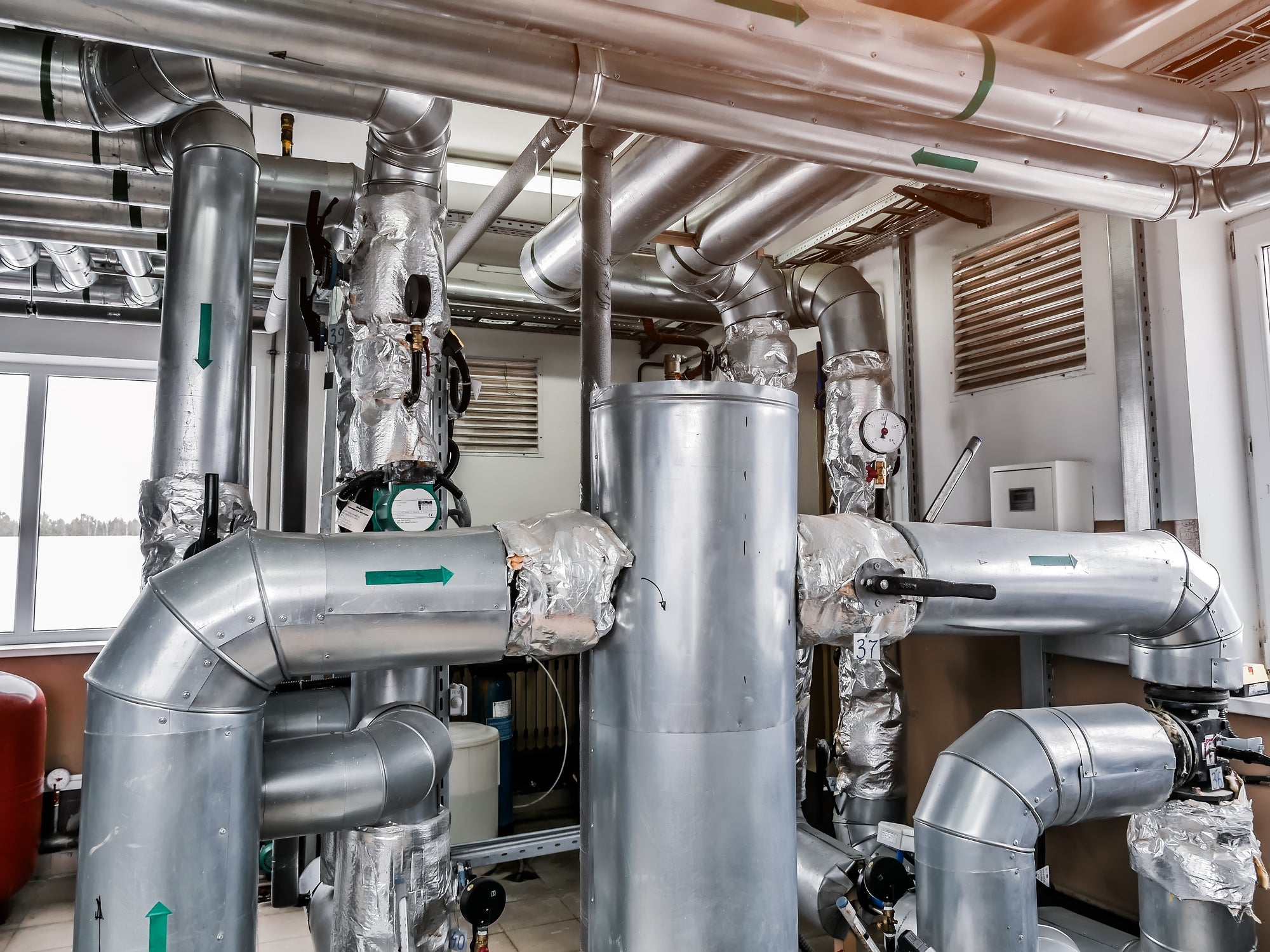
Application Guide
Sidestream Filter Bags
Sidestream filter bags provide an effective and efficient solution for removing suspended solids, biological growth and corrosion byproducts from chilled (CHW) and hot water circuits (LTHW and MTHW).
Sidestream filter bags provide an effective and efficient solution for removing suspended solids, biological growth and corrosion byproducts from chilled (CHW) and hot water circuits (LTHW and MTHW). These filter bags can be used inside a bag filter housing, usually constructed from Stainless Steel, and combined with magnets to provide a powerful dual removal solution. See our range of Bag Filter Housings with magnet assembly.
Understanding Sidestream Filtration
Sidestream filtration, also known as bypass or kidney loop filtration, involves diverting a percentage of the main flow through a separate filtration circuit. Typically, 5-15% of the total system flow is filtered continuously, allowing gradual improvement of fluid cleanliness without interrupting main system operations. This approach is particularly valuable in systems where full-flow filtration would create excessive pressure drops or where contamination builds up gradually over time.
Applications of Sidestream Filter Bags
- Sidestream filter bags are primarily used in recirculating closed-loop water circuits, such as chilled water (CHW), low-temperature hot water (LTHW), and medium-temperature hot water (MTHW) systems
- Process water loops – in manufacturing, food & beverage, and chemical industries where water must remain clean to protect process integrity.
- Closed-loop hydronic systems – preventing buildup of sludge and suspended particles.
- Irrigation systems – capturing sand, silt, and organic matter that clog emitters.
By continuously cleaning a portion of the circulating water (typically 5–15% of system flow), sidestream filtration ensures long-term system stability without disrupting primary flow.
Typical Micron Ratings
1-25 micron, depending on process sensitivity. 5 micron is most common. Consider staged filtration on heavily contaminated older systems, gradually reducing micron ratings of filter bags over time, for example, start with 25 micron filter bags, then 10 micron and finally 5 or 1 micron.
Problems Addressed by Sidestream Filter Bags
Using filter bags in sidestream systems helps solve key operational challenges:
- Scaling and fouling – prevents mineral deposits from forming on heat transfer surfaces.
- Corrosion byproduct buildup – captures rust, magnetite, and oxides that can accumulate in piping.
- Microbial growth control – reduces organic nutrients that promote biofilm and algae.
- Reduced maintenance downtime – fewer blockages in nozzles, valves, and heat exchangers.
Without adequate filtration, these issues lead to higher energy costs, equipment failures, and costly system cleaning.
Recommended Filter Bag Types
Felt Filter Bags (polypropylene, polyester)
Depth filtration, economical, high dirt-holding capacity.
Best for general sidestream use with moderate solid load.
Use Polypropylene for up to 80°C and Polyester up to 120°C
Multilayer Filter Bags (Polypropylene or Polyester):
Several layers of felt for higher dirt holding capacity
High-Capacity / Pleated Filter Bags:
Larger surface area, longer service life.
Suitable for systems with high dirt loads.
Installation and Operational Best Practices
System Design Considerations
Proper piping design ensures adequate flow distribution and minimizes pressure losses. Installation of pressure gauges across filter housings enables monitoring of differential pressure for changeout scheduling.
Monitoring and Maintenance
Regular particle counting, differential pressure monitoring, and visual fluid inspection help optimize filter bag changeout intervals. Establishing baseline measurements enables trending analysis and predictive maintenance scheduling.
Safety and Environmental Compliance
Proper disposal procedures for used filter bags must consider fluid contamination and environmental regulations. Some applications may require hazardous waste handling protocols.
Troubleshooting Common Issues
Premature Bag Failure
Causes include incorrect micron rating selection, chemical incompatibility, excessive pressure differentials, or installation errors. Systematic analysis of failure modes helps identify root causes and optimize selection criteria.
Poor Filtration Performance
Issues may stem from bag bypass, incorrect rating selection, or upstream process changes affecting particle characteristics. Regular monitoring and performance verification help identify performance degradation. Poor sealing of bags can allow unfiltered water to pass around the bag.
High Pressure Drop
Rapid pressure rise may indicate undersized bags, inappropriate micron rating, or changes in feed water characteristics. Consider system modifications or bag selection adjustments.
Chemical compatibility
Certain process streams may degrade polyester or nylon filter media, requiring polypropylene or specialty materials.
Temperature limitations
Elevated process water temperatures may exceed standard bag media ratings.

